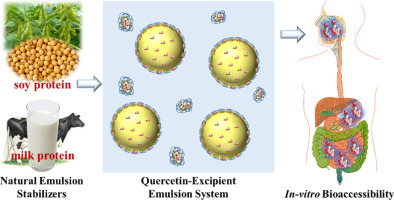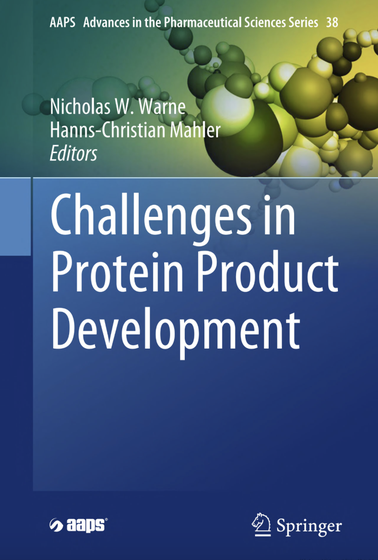- Home
- Blog
- News
- Basics
- Sources
- Agencies, Regulatory & Organisations
- CERSI Excipients Browser
- Excipient Report
- Excipient DMF List
- EXCiPACT Certified Companies
- Excipient Documentation
- Excipient EINECS Numbers
- Excipient E-Numbers
- FDA Inactive Ingredient List
- FDA GRAS Substances (SCOGS) Database
- IPEC Americas
- USP - U.S. Pharmacopeia
- Definitions
- Whitepapers / Publications
- Supplier
- Services
- Media
- Events
- 1st pharmaexcipients Poster Award
- Event Calendar
- Events featured by pharma-excipients
- 4th Annual Formulation & Drug Delivery Congress
- DDF Summit
- ExcipientFest Americas
- ExcipientFest Asia
- Global CompliancePanel
- International Conference and Exhibition on Pharmaceutics & Novel Drug Delivery Systems
- Formulation & Drug Delivery USA Congress
- Laboratory Medicine 2018
- Making Pharmaceuticals Europe
- Making Pharmaceuticals Exhibition
- Pharma Integrates
- PharmaExcipients China @CPhI China
- TTC Technology Training Center
- Jobs
- Online Sourcing
- Contact
01. October 2018
The occurrence of protein aggregation during bioprocessing steps such as purification, formulation and fill-finish, impacts yield and production costs, and must be controlled throughout themanufacturing process. Understanding aggregation mechanisms and developing mitigating strategies are imperative to ensure the clinical efficacy of the protein drug product and to reduce costs. Thiscommentary reflects on recent progress made in the field of monoclonal antibody (mAb) aggregation with...
04. August 2018
Emulsion-based excipient foods were developed to improve the bioaccessibility of an important hydrophobic nutraceutical: quercetin. Protein-stabilized oil-in-water excipient emulsions were prepared using sodium caseinate, whey protein isolate, or soy protein isolate as an emulsifier. These emulsions were then mixed with powdered quercetin and heated to simulate a cooking process. The excipient emulsions had relatively small droplet sizes (d < 270 nm) and remained stable against...
30. July 2018
Osmolytes are small organic molecules accumulated by cells in response to environmental stresses. They are represented by amino acids, sugars, polyols, tertiary sulphonium and quaternary ammonium compounds. These molecules present a protective behaviour and favour the equilibrium of macromolecules towards the native form, preventing denaturation and promoting the folding of unfolded proteins. Protein formulations due to their biological character require greater care during the manufacturing...
27. June 2018
In this volume, the authors discuss the many significant challenges currently faced in biotechnology dosage form development, providing guidance, shared experience and thoughtful reflection on how best to address these potential concerns. As the field of therapeutic recombinant therapeutic proteins enters its fourth decade and the market for biopharmaceuticals becomes increasingly competitive, companies are increasingly dedicating resources to develop innovative biopharmaceuticals to address...
27. April 2018
There is a growing body of evidence which suggests that formerly regarded “inert” pharmaceutical excipients have the potential to influence oral drug bioavailability. The solubilizing agent polyethylene glycol 400 (PEG 400), for instance, has a sex-specific effect on P-glycoprotein (P-gp)-mediated drug bioavailability. We hypothesized that such an effect could be via PEG-induced alteration of P-gp activity and/or expression to different extents in males and females. To test this hypothesis...
27. April 2018
Although bioavailability of peptides administered through nasal route is still under 1% because of low membrane permeability, a short local residence time and a high metabolic turnover in the nasal epithelium but the richly supplied vascular nature of the nasal mucosa coupled with its high drug permeation makes the nasal route of administration attractive for many drugs including proteins and peptides. Thiolated polymers (thiomers) which are also recognized as mucoadhesive polymers, discovered...
25. April 2018
Parenteral sustained release systems for proteins which provide therapeutic levels over a longer period avoiding frequent administration, which preserve protein stability during manufacturing, storage and application and which are biodegradable and highly biocompatible in the body are intensively sought after. The aim of this study was to generate and study mannitol core microparticles loaded with a monoclonal antibody IgG1 and coated with lipid either hard fat or glyceryl stearate at different...
26. March 2018
Spray-dried protein formulations commonly require stabilising excipients to prevent protein degradation during processing and storage, and trehalose has been commonly used. The purpose of this work was to evaluate melibiose in spray-dried protein formulations in comparison to trehalose. The protein-activity-preserving efficacy, process behaviour and storage stability were studied. Spray drying of β-galactosidase was carried out using different process temperature, drying air flow and feed...
22. January 2018
Novel drug excipients are required to achieve stable formulations of protein drug candidates. Synthetic glycopolymers have been shown in some cases to improve protein formulation stability, although their structure-function relationship remains unknown. Here we report the synthesis of linear or 4-arm star glycopolymers with different molecular topology and chemical composition, with mannose, galactose, arabinose, N-acetyl glucosamine, lactose and trehalose pendant units - and investigate ...
11. January 2018
Nanoparticles or microparticles created by physical complexation between two polyelectrolytes may have a prospective use as an excipient for oral insulin administration. Natural polymers such as tragacanth, alginate, dextran, pullulan, hyaluronic acid, gelatin and chitosan can be potential candidates for this purpose. In this research, insulin particles were prepared by the inclusion of insulin into a tragacanth hydrogel.










